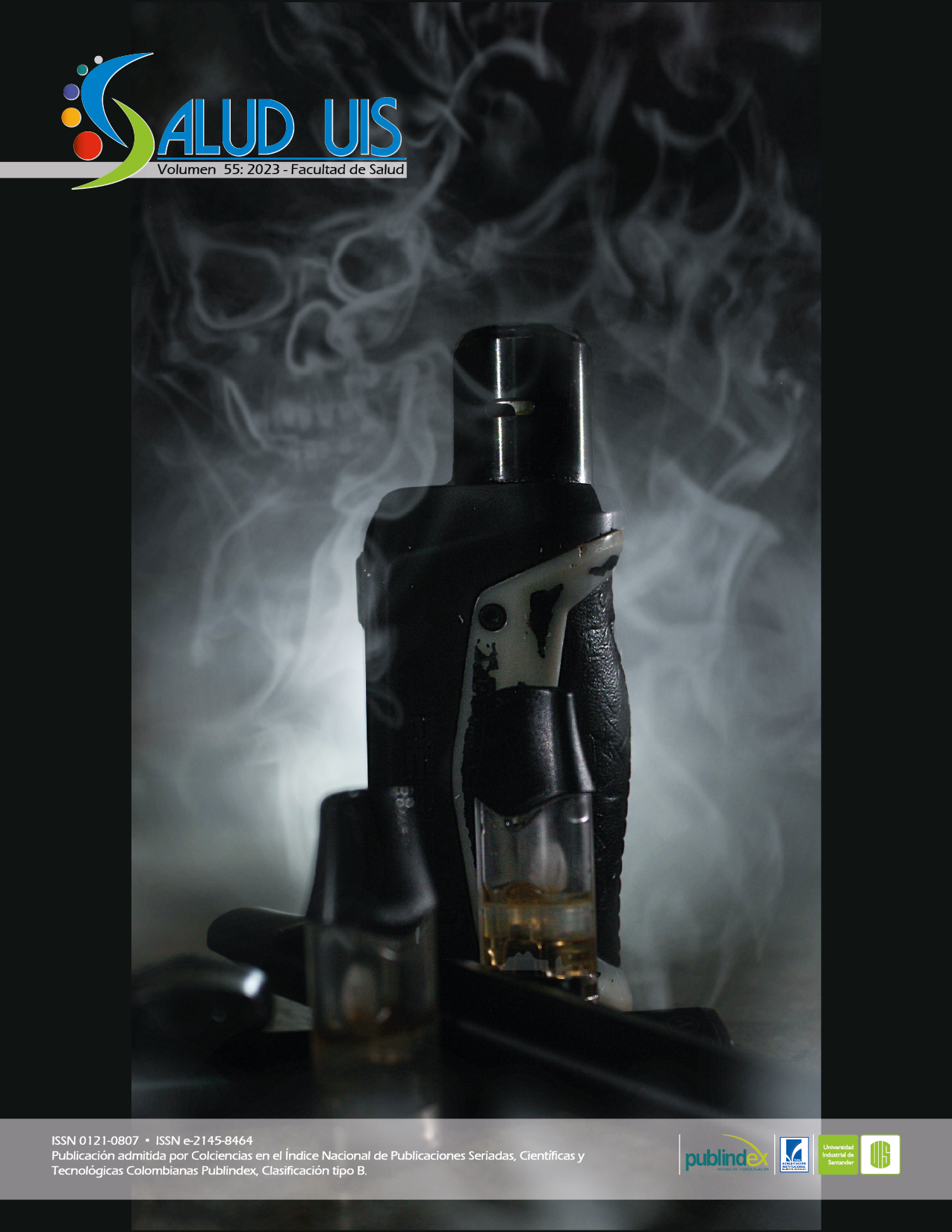Resumo
O câncer cervical é causado por infecção persistente do epitélio cervical com os genótipos de alto risco do vírus do papiloma humano (RA-HPV). Para sua detecção, são realizados testes moleculares que detectam o gene L1 do HPV. Esse gene pode ser perdido em até 11% dos casos durante a integração do DNA viral no genoma do hospedeiro, causando falsos negativos. Por outro lado, o oncogene E7 é expresso durante todos os estágios de progressão da doença. O objetivo deste trabalho foi padronizar uma PCR em tempo real do oncogene E7 (E7-qPCR) para genotipagem e quantificação do 6 HR-HPV. Os resultados mostram que o E7-qPCR amplificou HPV-16, -18, -31, -33, -35 e -45 com alta sensibilidade com limites de detecção de 102 cópias, eficiências entre 90 e 110%, valores de R2> 0, 97 e análise da curva de fusão revelando produtos específicos.
Referências
zur Hausen H. Host cell regulation of HPV transforming gene expression. Princess Takamatsu Symp. 1989; 20: 207-219.
Ferlay J, Soerjomataram I, Dikshit R, Eser S, Mathers C, Rebelo M, et al. Cancer incidence and mortality worldwide: Sources, methods and major patterns in GLOBOCAN 2012. Int J Cancer. 2015 Mar 1; 136(5): E359–386. doi: http://doi.wiley.com/10.1002/ijc.29210
Baseman JG, Koutsky LA. The epidemiology of human papillomavirus infections. J Clin Virol. 2005 Mar 1; 32: 16–24. doi: https://doi.org/10.1016/j.jcv.2004.12.008
IARC. Age standardized (World) mortality rates, cervix uteri, all ages. Lyon: IARC, WHO; 2018. Available from: http://gco.iarc.fr/today
Ministerio de Salud y Protección Social. Lineamientos técnicos y operativos para la vacunación contra el Virus del Papiloma Humano (VPH). Bogotá: MSPS; 2012. Available from: https://www.minsalud.gov.co/salud/Documents/Lineamientos VPH.pdf
Murillo R, Wiesner C, Cendales R, Piñeros M, Tovar S. Comprehensive evaluation of cervical cancer screening programs: the case of Colombia. Salud Pública Mex. 2011; 53(6): 469–477.
Cuzick J, Sasieni P, Davies P, Adams J, Normand C, Frater A, et al. A systematic review of the role of human papilloma virus (HPV) testing within a cervical screening programme: summary and conclusions. Br J Cancer. 2000; 83(5): 561–565. doi: https://doi.org/10.1054/bjoc.2000.1375
zur Hausen H. Papillomaviruses Causing Cancer: Evasion From Host-Cell Control in Early Events in Carcinogenesis. J Natl Cancer Inst. 2000; 92(9): 690–698. doi: https://doi.org/10.1093/jnci/92.9.690
Depuydt CE, Boulet GA V, Horvath CAJ, Benoy IH, Vereecken AJ, Bogers JJ. Comparison of MY09/11 consensus PCR and type-specific PCRs in the detection of oncogenic HPV types. J Cell Mol Med. 2007; 11(4): 881–891. doi: http://doi.wiley.com/10.1111/j.1582-4934.2007.00073.x
Tjalma WAA, Depuydt CE. Cervical cancer screening: Which HPV test should be used - L1 or E6/E7? Eur J Obstet Gynecol Reprod Biol. 2013; 170(1): 45–46. doi: http://dx.doi.org/10.1016/j.ejogrb.2013.06.027
Roberts CC, Tadesse AS, Sands J, Halvorsen T, Schofield TL, Dalen A, et al. Detection of HPV in Norwegian cervical biopsy specimens with type-specific PCR and reverse line blot assays. J Clin Virol. 2006; 36(4): 277–282. doi: https://doi.org/10.1016/j.jcv.2006.03.013
Şahiner F, Kubar A, Gümral R, Ardıç M, Yiğit N, Şener K, et al. Efficiency of MY09/11 consensus PCR in the detection of multiple HPV infections. Diagn Microbiol Infect Dis. 2014; 80(1): 43–49. doi: 10.1016/j.diagmicrobio.2014.03.030
Peña López BO, Torrado García LM, Vega RAM, Rincón Orozco B. Prueba de concepto de una PCR multiplex de primera generación (cualitativa) para detección del oncogén E7 de VPHS de alto riesgo. Rev Investig Andin. 2019; 21(39): 267–288. doi: 10.33132/01248146.1569
Yang Z, He ZH, Zhang Y, Di XH, Zheng DF, Xu HH. Genetic variability in the E6 and E7 oncogenes of HPV52 and its prevalence in the Taizhou area, China. Virol J. 2022; 19(194). doi: https://doi.org/10.1186/s12985-022-01929-5
Wang X, Han S, Li X, Wang X, Wang S, Ma L. Prevalence and distribution of human papillomavirus (HPV) in Luoyang city of Henan province during 2015–2021 and the genetic variability of HPV16 and 52. Virol J. 2022; 19(1): 37. https://doi.org/10.1186/s12985-022-01759-5
Wang Y, Han S, Wang X, Song S, Wang X. Characteristics of human papillomavirus infection among females and the genetic variations of HPV18 and HPV58 in Henan province, China. Sci Rep. 2023; 13(1): 2252. doi: https://doi.org/10.1038/s41598-022-24641-4
Depuydt CE, Criel AM, Benoy IH, Arbyn M, Vereecken AJ, Bogers JJ. Changes in type-specific human papillomavirus load predict progression to cervical cancer. J Cell Mol Med. 2012; 16(12): 3096–3104. doi: https://doi.org/10.1111/j.1582-4934.2012.01631.x
McBride AA, Warburton A. The role of integration in oncogenic progression of HPV-associated cancers. PLoS Pathog. 2017;13(4): e1006211. doi: https://doi.org/10.1371/journal.ppat.1006211

Este trabalho está licenciado sob uma licença Creative Commons Attribution 4.0 International License.
Copyright (c) 2023 Ruth A. Martínez-Vega, Brigitte Ofelia Peña-López, Bladimiro Rincón-Orozco
